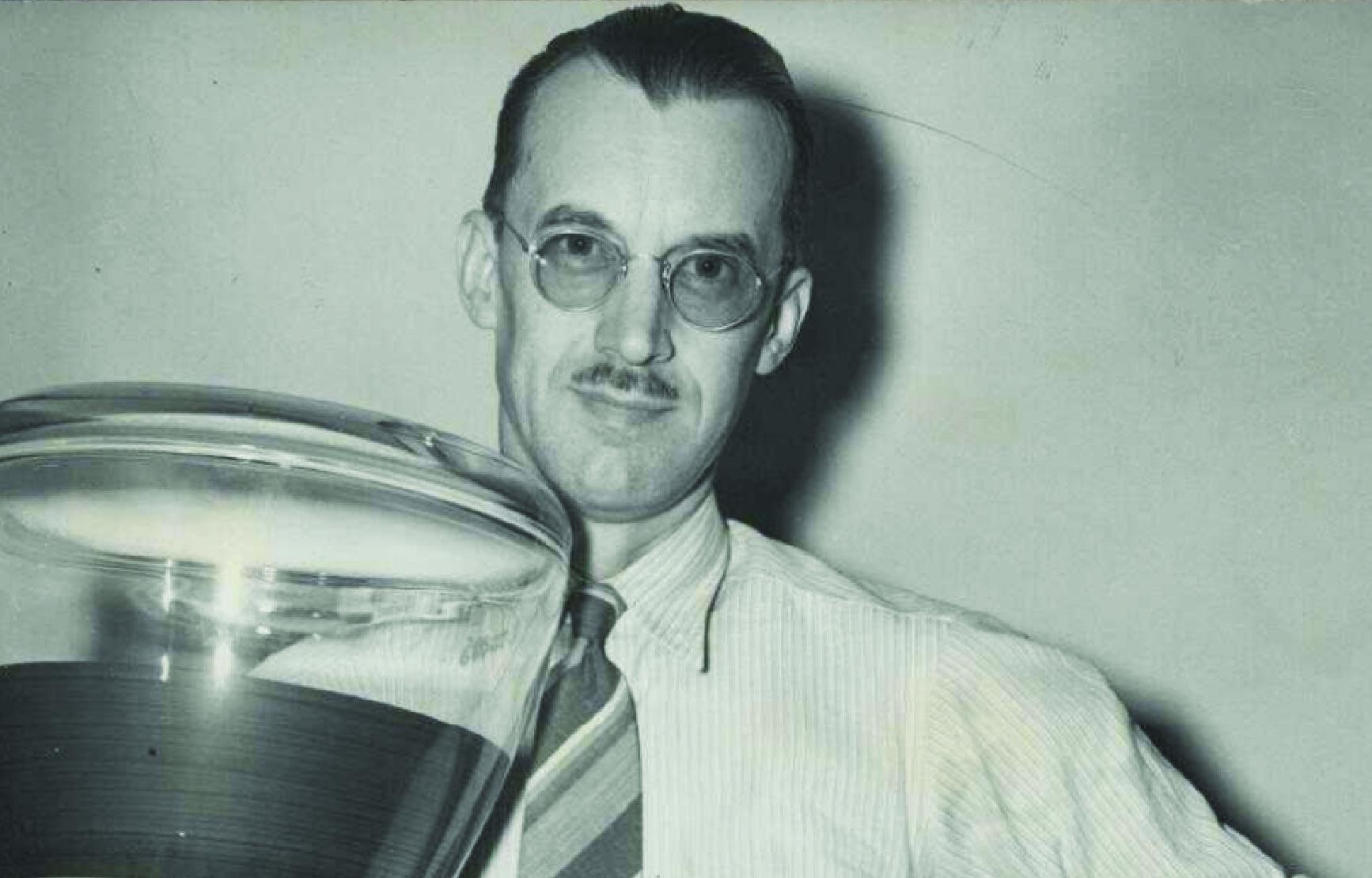Form follows function’ explains why giraffes have long necks, bird and airplane wings are airfoil-shaped, the fronts of bullet trains are tapered, and syringes are pointed. Darwin made the case for genetic selection by relating the different forms of beaks to the different kinds of seeds the birds must pick. At the level of cells, neurons have evolved to assemble long shafts called axons to connect to other neurons, immune cells form protrusions that look like suction cups to engulf pathogens and other cells, and blood cells are biconcave disks to optimize the surface to volume ratio, allowing gases to effectively diffuse in and out of them. Cells change their shapes on the time scale of seconds to adapt to different functional tasks. Since microscope allowed taking looks at cells in tissues, pathologists have exploited cell shape for diagnosis and stratification of disease. The tight association between cell morphotype and function has gained even more in significance with the growing number of examples where machine learning derives from the morphology predictions not only of cell behavior but of genetic and molecular states. Regardless of whether the connection between morphology and cell state is analyzed by human or machine, these analyses place the morphotype implicitly or explicitly at the end of a regulatory chain. Our recent work begins to indicate that cell shape is not at the end, but at the outset or in the middle of the chain. Shape controls the physical and chemical processes that must ensue for a cell to do the right thing. Hence, ‘function follows form’. We are particularly interested in this reversal of the ‘form follows function’ paradigm in the context of cancer. We find that cancer cells control through shape how they survive, proliferate and metabolize in hostile environments. These discoveries have been enabled by twenty years of innovation in microscopy, computer vision, and biophysical modeling to quantify with high resolution the interplay between cell shape and molecular action that governs function.
Gaudenz Danuser is appointed at the UT Southwestern Medical Center in Dallas, TX, where he served as the Chair of the Lyda Hill Department of Bioinformatics and the Director of the Cecil H. and Ida Green Center or for Systems Biology. He started his academic career as a Master student in Geodynamics at ETH Zurich, Switzerland, where he wrote one of the first software packages for earthquake prediction from differential GPS measurements of tectonic movements. After a brief period in industry, he earned his PhD in Electrical Engineering and Computer Science, also from ETH Zurich, working on developing a computer vision system to control the action of a nanorobot. Through this work he became interested in the information theoretical principles of resolution in light microscopy. During a visit at the Marine Biological Laboratory in Woods Hole, MA, he learned about the Green Fluorescent Protein and the opportunities the cloning of this molecule lent to the visualization of proteins in living cell. He realized the transformative potential such experiments would offer to cell biologists, but also the enormous data analysis challenges this technology would bring upon the life science community. Thus, he moved to Woods Hole for his postdoc to start working on the application of computer vision to live cell movies. The guiding thread through his career has been to make discoveries by computer vision of molecular and cellular mechanisms that are inaccessible by human observation. He and his lab mates have contributed models of cell migration, cell division, molecular trafficking, and chemical signaling to the field of cell biology. The most recent work leverages these models to understand the mechanisms of cancer cell adaptation. Before moving to Dallas, he held faculty positions at ETH Zurich, The Scripps Research Institute, and Harvard Medical School. He is a passionate educator who enjoys experimenting with new didactic formats.
